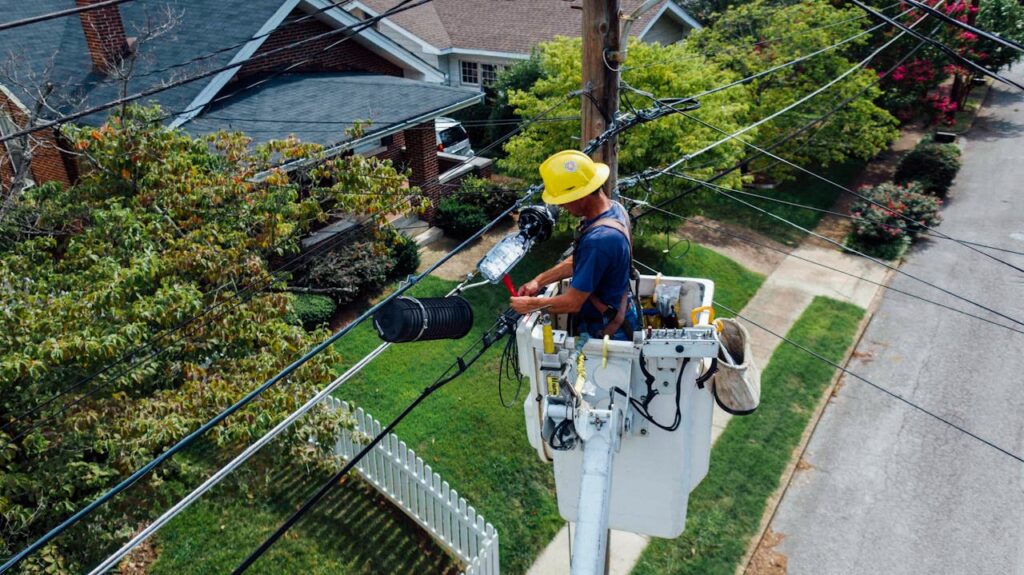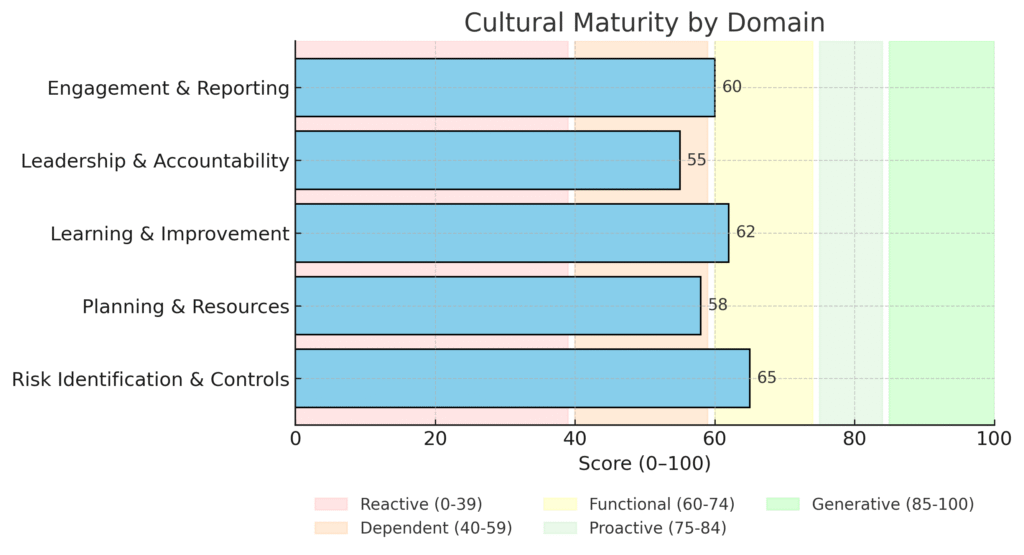Safety surveys are essential tools for understanding and improving workplace safety. They help recognize and evaluate potential hazards, enabling more effective risk control. Surveys also identify areas where safety support is needed, facilitating targeted assistance and better planning for safety programs. Additionally, they inform decisions on training needs, resource allocation, and preventive measures, ensuring a safer environment for everyone. By gathering insights directly from the workplace, safety surveys provide a clear picture of current conditions and opportunities for continuous improvement.
Take just a few minutes to complete our safety survey! It’s a simple way to uncover potential hazards and identify safety needs—either for yourself or within your company. Surveys are fully customizable to any business or industry. e-SafetyPro.com is happy to assist in analyzing the results and helping you plan improvements for a safer workplace.

Personal Hazard Profile Survey
Identify the specific hazards and exposures that may affect your daily work, helping you and your employer recognize and control personal safety risks.

Safety Support Needs Assessment
Evaluate where your organization or team needs the most safety support to strengthen systems, training, and compliance efforts.

Safety Culture Maturity Survey
Help your organization or team assess its safety culture and leadership engagement — from compliance-based to proactive and generative performance.
Survey Output Examples
Cultural Maturity Survey – Individual Perception Report
This automatically generated report reflects one individual’s perception of their organization’s safety culture based on the e‑SafetyPro Cultural Maturity Framework. It is intended for learning and development purposes and is shared confidentially with the participant and, in anonymized form, with company leadership to support cultural analysis and continuous improvement. Organization report includes comparison of cultural maturity between divisions, regions, functions, and categories of employees.
